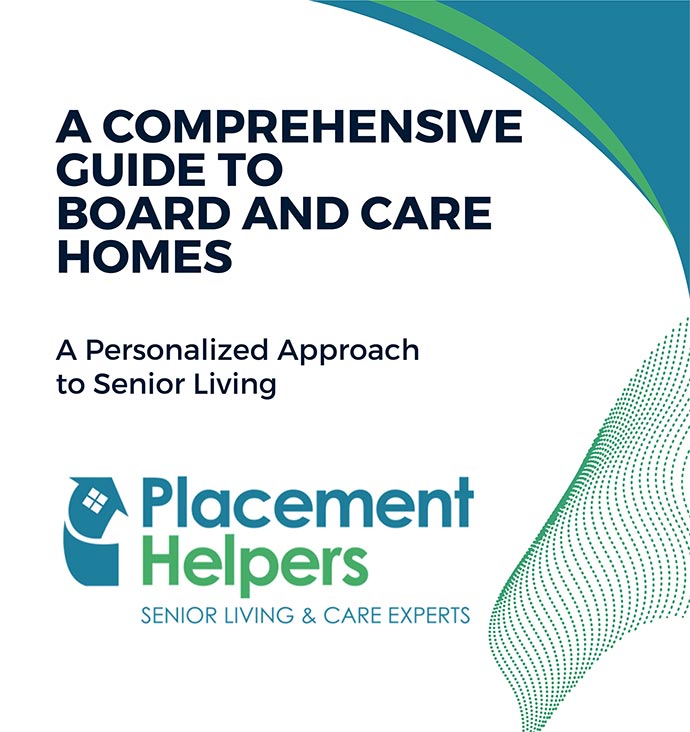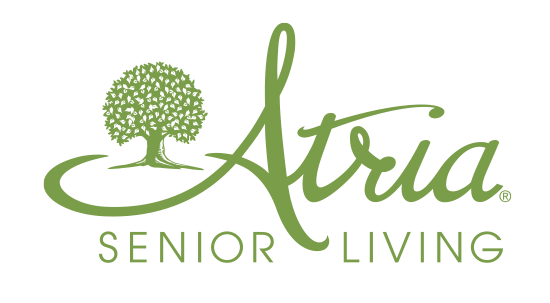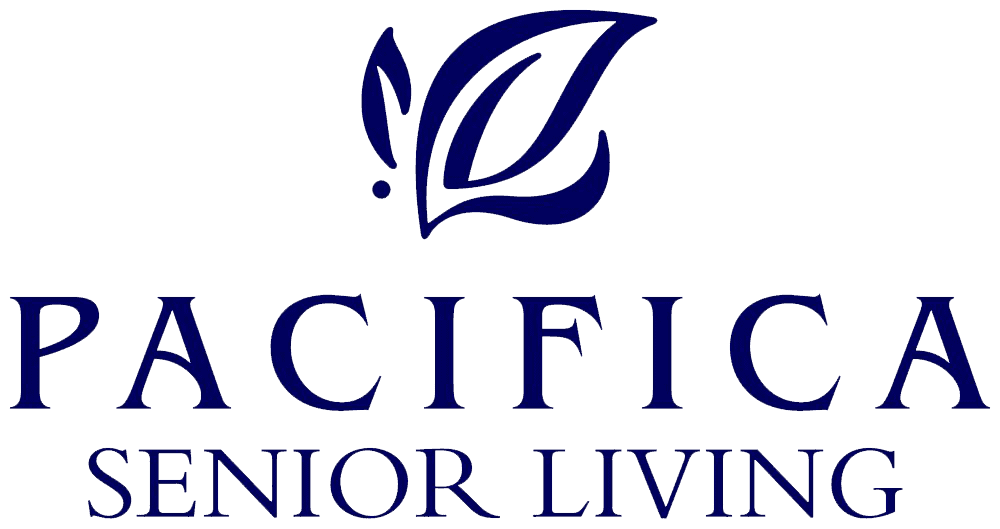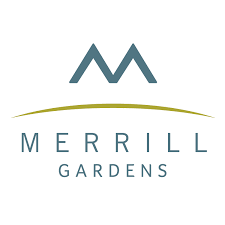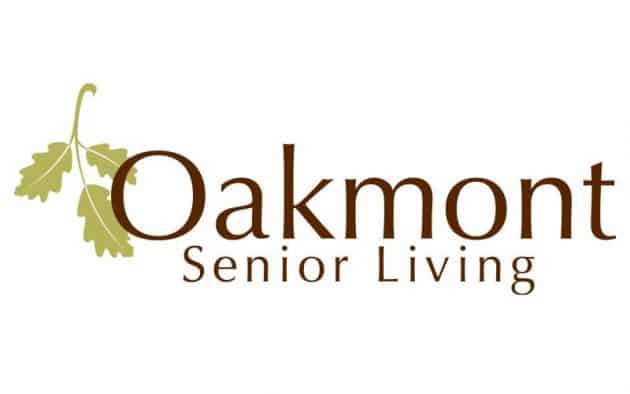A Comprehensive Guide To Board And Care Homes
A Personalized Approach To Senior Living
- What Is A Board And Care Home? (Residential Care Home)
- What Type Of Assistance With Daily Living Is Offered At A Board And Care Home?
- What Kind Of Personnel Can You Expect At A Board And Care Home?
- Additional Care Services That May Be Offered Or Welcomed
- What Is The Average Cost For A Board And Care Home?
- Who Is A Good Candidate For A Board And Care Home?
- How To Pay For Board And Care Home?
- What Type Of Room Options Are Available At A Board And Care Facility?
- Answers To Some Additional Questions
What Is A Board And Care Home? (Residential Care Home)
A board and care home, also known as a residential care home or an adult family home, is a type of residential care facility that provides housing, personal care, and support services for a small number of individuals, typically up to six residents. Board and care homes offer a more intimate and homelike environment compared to larger assisted living or nursing home facilities.
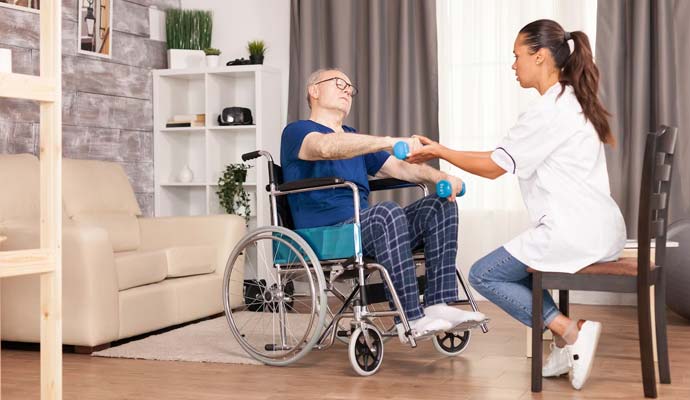
Here are some key features of board and care homes:
- Size and Setting: Board and care homes are typically smaller-scale facilities, often located in residential neighborhoods. They are often converted houses or purposebuilt homes that have been modified to accommodate the needs of residents.
- Personalized Care: Board and care homes provide personalized care and support services tailored to the individual needs of residents. Caregivers or staff members are typically available around the clock to assist with activities of daily living (ADLs) such as bathing, dressing, grooming, medication management, and mobility.
- Homelike Environment: Board and care homes aim to create a comfortable and homelike atmosphere for residents. The smaller size of these facilities allows for a more intimate and family-oriented setting, fostering a sense of community and companionship among residents.
- Meals and Housekeeping: Residents of board and care homes typically receive meals and housekeeping services. Nutritious meals are prepared and served based on the dietary needs and preferences of residents. Housekeeping services ensure that the living spaces are clean and well-maintained.
- Socialization and Activities: Board and care homes often provide opportunities for socialization and engagement through planned activities, such as games, outings, and group interactions. While the range of activities may be more limited compared to larger facilities, the emphasis is on creating a close-knit and supportive community.
- Licensing and Regulations: Board and care homes are regulated and licensed by state authorities to ensure compliance with safety, staffing, and quality standards. The specific regulations can vary between states, so it's important to research and choose a licensed and reputable board and care home.
Board and care homes can be a suitable option for individuals who prefer a smaller, more intimate living environment with personalized care. They offer a residential setting where residents can receive assistance and support while maintaining a sense of independence and community.
What Type Of Assistance With Daily Living Is Offered At A Board And Care Home?
Board and care homes offer various types of assistance with daily living activities, depending on the individual needs of the residents. Here are some common types of assistance provided at board and care homes:
Staff members or caregivers in board and care homes assist residents with activities of daily living (ADLs) such as bathing, grooming, dressing, and toileting. They provide support to ensure residents' personal hygiene needs are met.
Assistance with medication management is typically offered at board and care homes. Staff members can help residents with medication reminders, ensuring medications are taken as prescribed, and may assist with administering medications if needed.
Board and care homes provide assistance with mobility for residents who require it. This can include help with walking, transferring to and from chairs or beds, and using mobility aids such as walkers or canes.
Staff members at board and care homes are responsible for meal preparation and ensuring that residents receive nutritious meals. They accommodate dietary restrictions and preferences, and may also assist residents with eating if necessary.
Board and care homes handle housekeeping and laundry services for residents. This includes cleaning living spaces, changing bed linens, and washing residents' personal laundry.
Some board and care homes may provide transportation services for residents to attend medical appointments, go shopping, or engage in social outings. However, the availability of transportation services can vary between facilities.
Board and care homes often organize social and recreational activities to promote engagement and socialization among residents. These activities may include games, exercises, outings, or group interactions within the home.
It's important to note that the level of assistance offered may vary between different board and care homes, and it's advisable to inquire about the specific services and support provided when considering a particular facility. The goal of board and care homes is to provide personalized care and assistance to residents, helping them with their daily living activities and enhancing their overall well-being.
What Kind Of Personnel Can You Expect At A Board And Care Home?
At a board and care home, you can expect a range of personnel who work together to provide care and support for the residents. The specific composition of personnel can vary depending on the size of the home and the needs of the residents. Here are some common personnel you may encounter at a board and care home:
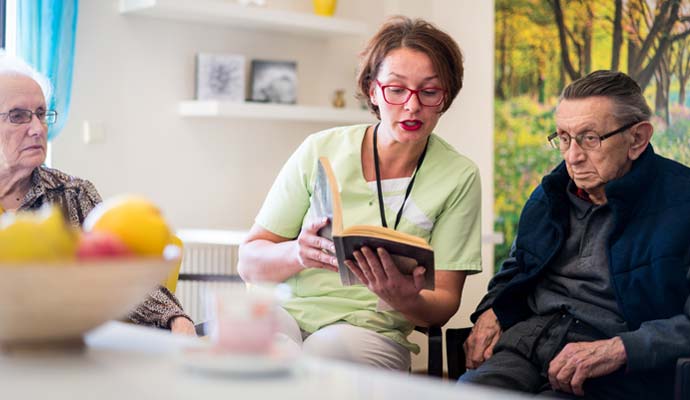
- Administrator/Manager: The administrator or manager is responsible for the overall operations of the board and care home. They oversee the facility, ensure compliance with regulations, manage staff, and handle administrative tasks.
- Caregivers/Personal Care Assistants: Caregivers or personal care assistants are the frontline staff members who provide direct care and assistance to the residents. They help with activities of daily living (ADLs) such as bathing, dressing, grooming, medication management, and mobility support.
- Licensed Nurse: Some board and care homes employ licensed nurses, such as registered nurses (RNs) or licensed practical nurses (LPNs). Nurses may be responsible for medication management, health assessments, coordination with healthcare professionals, and overseeing residents' medical needs.
- Activities Coordinator: An activities coordinator organizes and facilitates social, recreational, and therapeutic activities for the residents. They plan and lead group activities, outings, exercises, and events that promote engagement and socialization.
- Housekeeping and Maintenance Staff: Housekeeping and maintenance staff members are responsible for maintaining the cleanliness and safety of the facility. They handle housekeeping duties, laundry services, and address any maintenance or repairs needed within the home.
- Cooks or Dietary Staff: Cooks or dietary staff members prepare meals and manage the kitchen operations. They ensure that residents receive nutritious and appetizing meals, accommodating dietary restrictions and preferences.
It's important to note that the specific roles and titles may vary between different board and care homes. In smaller homes, some staff members may have overlapping responsibilities. The collective effort of these personnel aims to provide a supportive and caring environment for the residents, meeting their individual needs and ensuring their well-being.
Additional Care Services That May Be Offered or Welcomed
Board and care homes typically provide basic care services to support the daily living needs of residents. However, additional care services may be welcomed at certain board and care homes depending on the specific needs and capabilities of the facility.
- Hospice Care Services
- Home Health Services
- Physical Therapy from outside providers
- Music Therapy
- Outings
- Behavioral Health Support
- Memory Care
- 24/7 Awake Staff & Supervision
- Transportation to doctor appointments
What Is The Average Cost For A Board And Care Home?

The cost of a board and care home can vary depending on factors such as location, services provided, amenities offered, and the level of care required. It's important to note that the following information is a general guideline, and actual costs can vary.
In the United States, the average monthly cost of a board and care home ranges from around $2,500 to $5,000. However, it's essential to consider that these figures can be higher or lower depending on various factors, such as the geographical area and the specific features and services of the board and care home.
The cost of a board and care home typically covers room and board, assistance with activities of daily living (ADLs), meals, housekeeping, and some level of personal care. However, additional services or specialized care may incur extra charges.
It's advisable to inquire about the specific services included in the base cost and any additional fees that may apply. Some board and care homes have an allinclusive pricing structure, while others may charge separately for certain services.
It's important to conduct thorough research and directly contact board and care homes in your desired location to obtain accurate and up-to-date pricing information. Each home may have its own pricing structure and may be able to provide more specific details based on your needs and circumstances. Additionally, exploring potential financial assistance options such as Medicaid, veterans benefits, or long-term care insurance can help offset the cost of a board and care home.
Who Is A Good Candidate For A Board And Care Home?
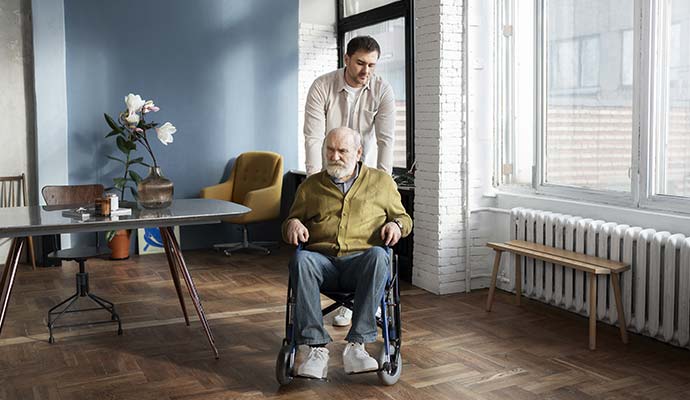
A board and care home can be a suitable option for individuals who are seeking a smaller, more intimate residential care setting with personalized care and support. Here are some factors that may indicate a person is a good candidate for a board and care home:
- Need for Personalized Care: Board and care homes are well-suited for individuals who require assistance with activities of daily living (ADLs) such as bathing, dressing, grooming, and medication management. They provide a higher level of personalized care compared to independent living options.
- Desire for a Homelike Environment: If an individual prefers a smaller, familyoriented setting that resembles a home rather than a larger institutional facility, a board and care home can provide that intimate and cozy atmosphere.
- Limited Mobility: Board and care homes can accommodate individuals with limited mobility or those who require assistance with mobility aids such as walkers or canes. Staff members can provide support with transferring to and from chairs or beds and help with daily mobility needs.
- Socialization and Companionship: Board and care homes offer a closer-knit community where residents have opportunities for social interaction and companionship with both staff members and fellow residents. This can be beneficial for individuals who desire social engagement and a sense of belonging.
- Preference for a Residential Neighborhood: Board and care homes are often located in residential neighborhoods, blending into the community. This setting may be appealing for individuals who prefer a familiar and home-like environment.
- Need for a Higher Staff-to-Resident Ratio: With their smaller size, board and care homes generally have a higher staff-to-resident ratio compared to larger facilities. This can be advantageous for individuals who require more individualized attention and care.
- Limited Financial Resources: Board and care homes may offer a more affordable option compared to larger assisted living facilities or nursing homes. This can make them a viable choice for individuals with limited financial resources or those seeking cost-effective care options.
It's important to consider an individual's specific needs, preferences, and care requirements when determining if a board and care home is a good fit. Conducting thorough research, visiting potential homes, and consulting with healthcare professionals can help in making an informed decision.
How To Pay For Board And Care Home?

Paying for a board and care home can be approached through various methods, depending on an individual's financial situation and available resources. Here are some common ways to cover the costs of a board and care home:
- Private Funds: Many individuals pay for board and care homes using their personal savings, family contributions, retirement funds, or other private financial resources. This approach is often viable for those who have planned and saved specifically for long-term care expenses.
- SSI and State Programs: Supplemental Security Income (SSI) is a federal program that provides financial assistance to individuals with limited income and resources. Some states may also have additional programs or funding sources specifically designated for supporting individuals in residential care homes.
- Long-Term Care Insurance: If an individual has a long-term care insurance policy, it may provide coverage for a board and care home. Review the policy details to understand the coverage, limitations, and any requirements for reimbursement.
- Social Security or Pension Income: Regular income from Social Security benefits or pension payments can contribute to covering the costs of a board and care home. Explore how these income sources can be allocated towards care expenses.
- Veterans Benefits: Veterans or their surviving spouses may be eligible for certain benefits through the U.S. Department of Veterans Affairs (VA). Aid and Attendance Pension is one program that can provide financial assistance for veterans or surviving spouses who need help with activities of daily living, including board and care home costs.
- Sell the Home: Selling the home initially can provide a lump sum of money that can be used to cover the immediate costs associated with moving into a board and care home. This can include initial fees, deposits, or upfront payments. The proceeds from the sale can also contribute towards ongoing expenses or long-term care.
- Rent Out the Home: Instead of selling the home outright, it can be rented out to generate ongoing rental income. By renting the home, the owner can continue to receive regular payments that can be used to supplement the cost of the board and care home. This income can contribute towards monthly fees, additional care services, or other related expenses.
By combining these approaches, individuals can benefit from both the immediate funds generated through the sale of the home and the ongoing rental income from the property. However, it's important to consider factors such as property management, tenant screening, and legal obligations associated with being a landlord. Seeking guidance from professionals, such as real estate agents and financial advisors, can help navigate the process and ensure the best financial outcome. Additionally, consulting with an attorney specializing in estate planning can provide valuable insights into managing assets and considering long-term care needs.
It's important to note that the availability of funding sources and eligibility criteria can vary based on location and individual circumstances. Consulting with financial advisors, elder law attorneys, or professionals specializing in senior care financing can provide personalized guidance and help explore the most suitable options for paying for a board and care home. Additionally, it's advisable to inquire directly with the board and care home about their accepted payment methods and any financial assistance programs they may offer.
What Type Of Room Options Are Available At A Board And Care Facility?
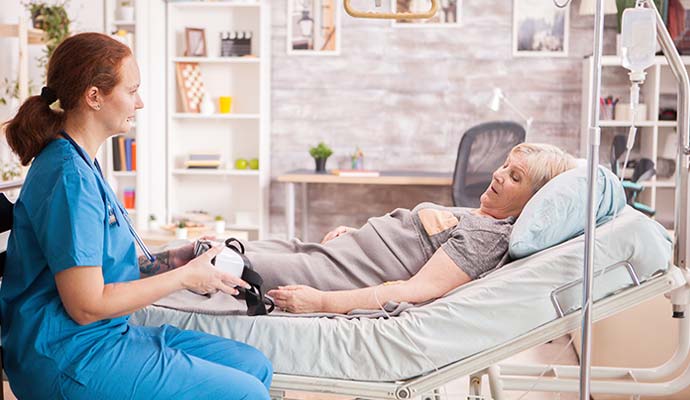
Board and care homes typically offer various room options to accommodate the needs and preferences of residents. The specific types of rooms available can vary between homes, but here are some common options:
- Private Rooms: Private rooms provide individual living spaces for residents. These rooms typically include a bed, dresser, and some basic furnishings. Private rooms offer privacy and personal space for residents.
- Shared Rooms: Shared rooms are designed to accommodate two residents. They usually include two beds, dressers, and shared furnishings. Shared rooms can be a more cost-effective option for those who prefer companionship or want to share the living space with a friend or family member.
- Semi-Private Rooms: Semi-private rooms, also known as companion rooms, may be shared by two residents. However, these rooms have a partition or divider to provide some level of privacy between the two living areas.
- Suites: Some board and care homes offer suites, which are larger living spaces that may include separate living and sleeping areas. Suites can provide additional room for residents who prefer more space or desire separate areas for relaxation and sleeping.
It's important to note that the availability of specific room types can vary between board and care homes. When considering a board and care home, it's recommended to inquire about the available room options, their sizes, layouts, and any additional features or amenities included. This will help determine which room type best suits the preferences and needs of the individual seeking care.
Answers To Some Additional Questions
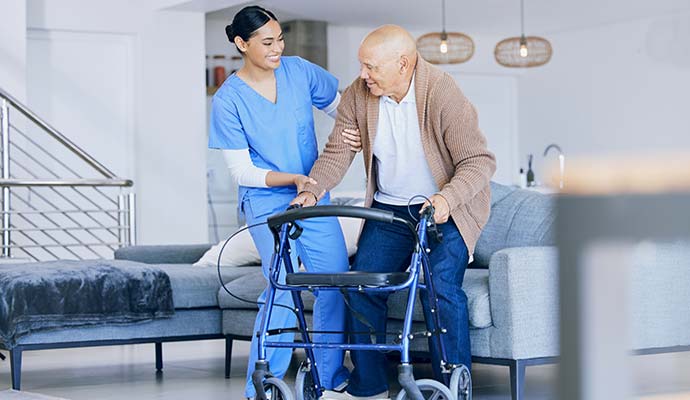
- Can I Bring my Own Furniture?: Board and care homes typically provide basic furnishings for the rooms, including a bed, dresser, and possibly some additional furniture. However, the extent of furnishings can vary between homes. Some homes may allow residents to bring their own furniture to personalize their living space, while others may have restrictions on bringing in additional furniture.
- What are the Pet policies?: Some board and care homes may allow pets, while others may have restrictions or specific pet policies in place. It's important to inquire about the home's pet policy, including any limitations on the type, size, or number of pets allowed. Additional fees or requirements may also apply.
- Is a Deposit required?: Board and care homes may require a deposit upon admission, which can serve as a security deposit or to secure a room reservation. The deposit amount and refund ability can vary between homes. It's important to clarify the deposit policy with the specific board and care home.
- What are Move-Out Procedures?: The move-out procedures can vary between homes. Some homes may require a written 30-day notice period before moving out, while others may have more flexible arrangements. It's advisable to discuss the move-out procedures and any associated costs or requirements with the board and care home.
- What is the food like?: Board and care homes typically provide meals for residents. The quality and variety of the food can vary between homes. Some homes offer home-cooked meals or have menus with a range of options, while others may have simpler meal options. Inquire about the home's dining program, sample menus, accommodations for dietary preferences or restrictions, and any involvement of residents in menu planning.
It's important to directly contact the board and care homes you are considering to get detailed and specific information about their policies and practices regarding furnishings, pets, deposits, move-out procedures, and food. This will help ensure that you have accurate information tailored to your needs and preferences.
It's important to directly contact the board and care homes you are considering to get detailed and specific information about their policies and practices regarding furnishings, pets, deposits, move-out procedures, and food. This will help ensure that you have accurate information tailored to your needs and preferences.

